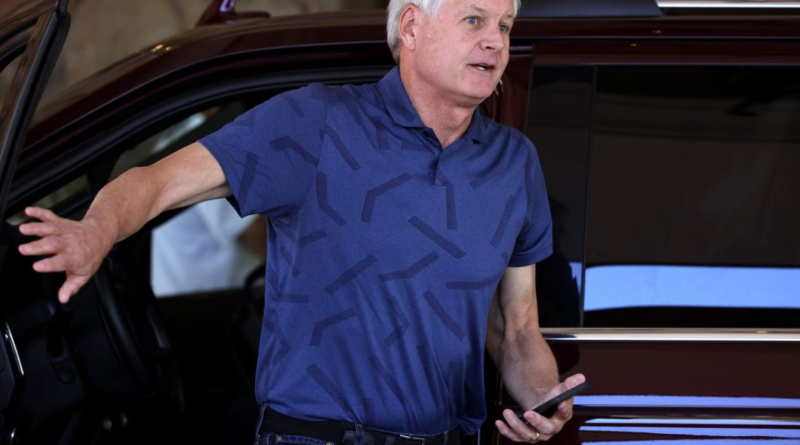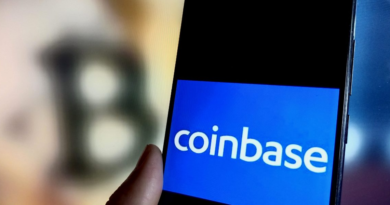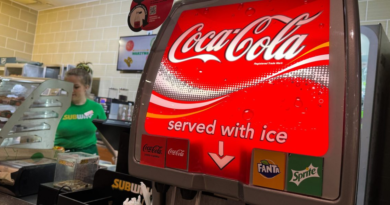Converse layoffs are the latest casualties of Nike’s $2 billion do-or-die plan to get back on its feet
Sneaker brand Converse is the latest subsidiary of parent company Nike to feel the heat from the sneaker giant’s $2 billion cost-saving plan that includes laying off 2% of its workforce, Bloomberg reported Tuesday after viewing an internal memo.
The company told Fortune in a statement it “is continually taking steps to support our future growth” and “realigning some of our teams and optimizing the way we work in support of our biggest growth opportunities.”
Converse’s cuts come on the heels of Nike announcing staff layoffs at its headquarters that began in February will total 740 by late June. Nike introduced in December a cost-saving plan not only to reduce its workforce, but to tighten supply, increase use of automation, and restructure its management. CFO Matt Friend said spending slowdowns were responsible for the strategy shift as the company reported just 1% quarterly revenue growth to $13.4 billion compared to the same period a year before. While the American company has a market capitalization of $137.5 billion, making it the biggest sneaker brand in the world, it’s beginning to lose ground to a wealth of stiff competition.
“We are seeing indications of more cautious consumer behavior around the world,” Friend told analysts in December. “We know in an environment like this, when the consumer is under pressure and the promotional activity is higher, it’s newness and it’s innovation which causes the consumer to act.”
Though wholly owned by Nike, Converse has its own marketing, development, and supply chain that operates discretely from its parent, but that doesn’t mean it hasn’t contributed to Nike’s woes. Making up 5% of the company’s sales, Converse’s revenue slumped almost 20% to $495 million in its third quarter, the company reported in March earnings.
Strategic missteps
Converse owes its struggles in part to being late in adopting trends appealing to younger generations in a crowded sea of shoe options, Jessica Ramírez, senior research analyst at Jane Hali & Associates, told Fortune. It’s a similar problem to what Nike as a whole is experiencing.
“There’s just an endless amount of options for the consumer today,” Ramírez said. “That’s really what has dented part of Nike…They need excitement.”
Pandemic-era habits have been a boon for the running industry, boosting brands like On and Hoka that have dominated the sector because they’ve appealed to the growing crowd of casual runners, Ramírez argued. On, a Roger Federer-based Swiss brand, posted a 29% leap in first-quarter year-over-year sales worth $560 on Tuesday, the first time the company passed the half-billion milestone. Hoka made similar strides with 21.9% sales growth to $429.3 million from the same quarter a year before.
For lifestyle shoes, consumers have picked Adidas’ Sambas and Gazelles over Nike’s once-reliable Air Force 1 and Air Jordan 1 designs after the German sneaker brand heavily marketed the shoe’s nostalgia-factor. Adidas sales in Europe rocketed 14% in its most recent quarter, in large part because of the popularity of the classic shoe.
Nike has responded to the competition by introducing a new Pegasus running shoe and scaling back its available Air Force designs. But what should be concerning Nike is not that Adidas is taking a bite out of its audience, Ramírez said, but rather that consumers are interested in sporting more than just those two big brands, lacing up running shoes for all occasions beyond just an early morning jog.
“If you look at people’s feet today, you don’t necessarily have either Adidas or Nike,” she said. “You have absolutely everyone playing in the field.”
Nike has further been hurt by its recent investment in direct-to-consumer sales that have yielded inconsistent results. A way for the company to more directly engage with its consumer base, Nike’s DTC strategy was an initial success in 2022, generating $18.7 billion, but by February 2024, direct sales were beginning to stagnate at 42% of the company’s total sales. Digital sales for the company were down 3%, while wholesales were up 3%. Responding to wholesale interest, Nike has leaned more into retailers like Dick’s, which saw record-breaking fourth quarter sales in March that rose 7.8% to $3.9 billion.
Ramírez argued that Nike has set itself up to grow with its wide reach. Now it’s just up to the brand to stand out in the crowd.
“Nike is still a premium brand, is still going to be that juggernaut,” she said. “But there is a lot more out there than there ever has before that is resonating with many consumers today.”




